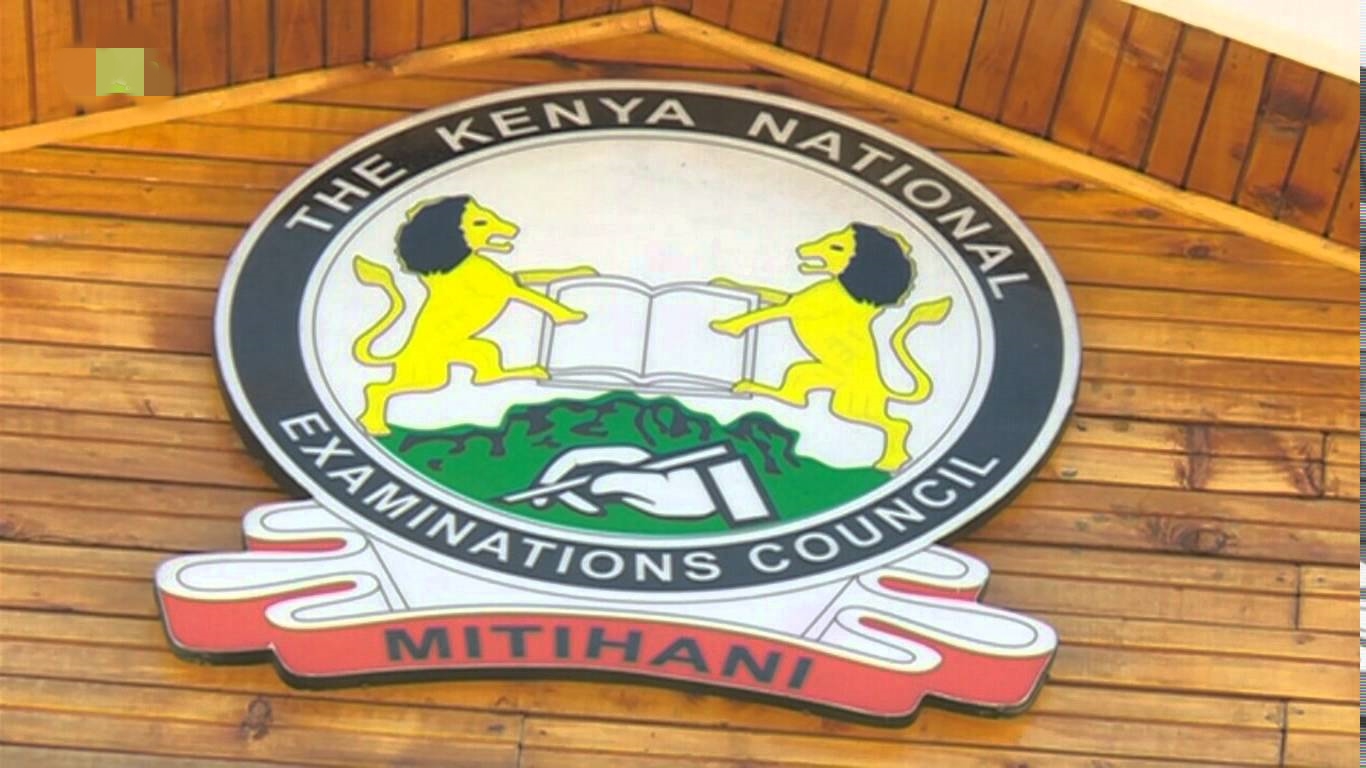The high school curricula in Kenya are made to give students a well-rounded education that gets them ready for college, their future careers, and general personal growth. And to learn smart ways to earn money, like on 22bet. The Competency-Based Curriculum (CBC) and the 8-4-4 system are the two main stages of the curriculum’s implementation, respectively, by the Kenyan Ministry of Education.
“The 8-4-4 System”.
Up until recently, Kenya’s primary curriculum was based on the 8-4-4 system, which included eight years of primary education, four years of secondary education, and four years of university study. Students participate in a general education program where they study a variety of subjects during the secondary phase.
The objective is to give students a solid foundation in a variety of disciplines and to get them ready for postsecondary education or the workforce.
Offered subjects are:.
High schools in Kenya offer a broad range of subjects as part of their curriculum.
English, Kiswahili, mathematics, the humanities (history, geography, religious education), the sciences (physics, chemistry, and biology), the foreign languages (French and German), the creative and performing arts (music, art, and drama), physical education, and life skills are among them.
Students can select from a variety of optional subjects in addition to these core subjects depending on their interests and future career goals.
For Kenyan high school students, the curriculum aims to accomplish a number of objectives.
These incorporate:.
a. Academic Excellence: The curriculum aims to promote academic excellence by giving a strong foundation in the fundamental subjects. It promotes analytical abilities, problem-solving strategies, and critical thinking to help students do well on national exams like the Kenya Certificate of Secondary Education (KCSE).
b. The curriculum aims to foster students’ physical, intellectual, emotional, and social wellbeing while also recognizing the significance of holistic development. Students learn healthy lifestyles, social skills, and moral principles through courses like Physical Education and Life Skills.
c. Technical and vocational skills are also among the objectives of the curriculum, which aims to give students real-world training in these areas. This includes courses like computer studies, home science, agriculture, and business studies. The development of these skills improves students’ employability and entrepreneurial prowess, preparing them for both further education and the working world.
d. Citizenship and National Values: The curriculum places a high value on patriotism, national values, and good citizenship. It encourages students to understand Kenya’s history, cultural heritage, and national identity while instilling in them a sense of pride and accountability.
Transition to the Competency-Based Curriculum (CBC):.
The 8-4-4 system in Kenya is being replaced by the Competency-Based Curriculum (CBC). By emphasizing the development of practical skills and competencies, the CBC seeks to shift the emphasis away from an exam-focused approach. The curriculum gives more weight to project-based learning, critical thinking, creativity, and problem-solving.
High school students have more freedom to choose their areas of interest thanks to the CBC, which exposes them to a wider range of subjects. The curriculum also introduces new subject areas, such as citizenship education, the creative arts, and physical and health education. The CBC aims to create well-rounded individuals with skills applicable to the contemporary world.
In conclusion, the high school curriculum in Kenya is created to offer a thorough education that equips students for further study, employment, and personal growth. The curriculum emphasizes academic excellence, holistic development, practical skills, and national values. Practical skills, critical thinking, and project-based learning are being prioritized more as Kenya moves toward a competency-based curriculum. The curriculum seeks to provide students with the knowledge, abilities, and morals they require.
The curriculum for high school students in Kenya aims to provide a comprehensive education that prepares students for further studies, career opportunities, and personal development. It focuses on equipping students with both academic knowledge and practical skills, fostering critical thinking, creativity, and character development. Here are some additional details about the curriculum:
- Core Subjects: The curriculum covers core subjects such as English, Kiswahili, Mathematics, and Sciences (Physics, Chemistry, Biology). These subjects provide a strong foundation in language skills, numeracy, and scientific knowledge. Mastery of these subjects is essential for students pursuing various academic and professional pathways.
- Humanities and Social Sciences: The curriculum includes subjects like History, Geography, Religious Education, and Business Studies. These subjects offer students a deeper understanding of the social, cultural, and economic aspects of the world. They encourage critical thinking, research skills, and a broader perspective on global issues.
- Foreign Languages: The curriculum also recognizes the importance of foreign languages in a globalized world. Students have the opportunity to learn languages such as French and German, enhancing their communication skills and cultural awareness.
- Sciences and Technology: In addition to the core science subjects, the curriculum includes practical applications of scientific knowledge through subjects like Agriculture and Computer Studies. These subjects equip students with relevant skills for careers in agriculture, technology, and information technology.
- Creative and Performing Arts: The curriculum recognizes the importance of creativity and self-expression and offers subjects such as Music, Art, and Drama. These subjects allow students to explore their artistic talents, develop critical thinking skills, and enhance their communication and presentation abilities.
- Physical Education and Sports: Physical Education is an integral part of the curriculum, promoting physical fitness, teamwork, and healthy lifestyles. Students participate in various sports and physical activities to develop their motor skills, discipline, and overall well-being.


